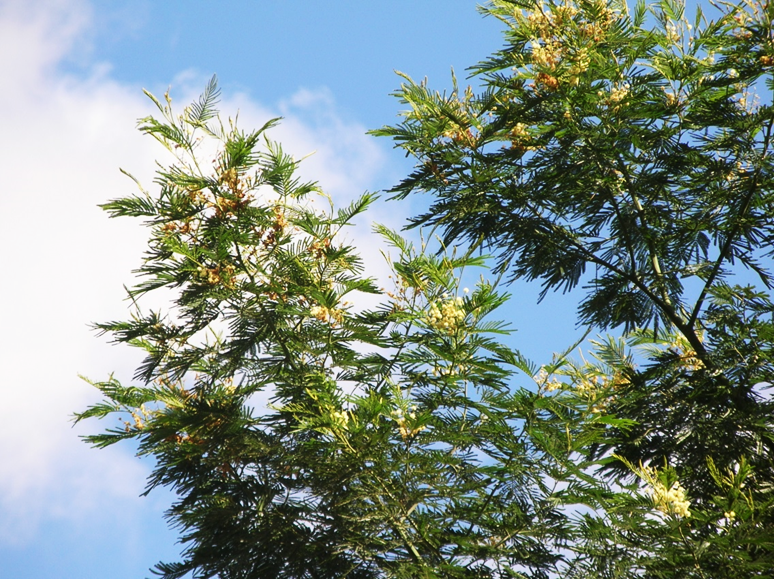23 June 2015 | By David Le Maitre
Invasive alien plants can change the amount of rainwater that reaches rivers and streams. Some researchers found that there is a large impact, with substantial increases in water uptake and reduced volumes of water in rivers, while others found little or no impact. The level of impact can be explained by the differences in the structure (e.g. height, depth of the roots) and the physiology (e.g. evergreen versus deciduous) between alien and indigenous plants.
In a recent study, C·I·B Associate David Le Maitre (Council for Scientific and Industrial Research) and colleagues reviewed the impacts of South Africa’s major invaders on surface runoff and groundwater resources.
They found that when two species have similar characteristics, the differences are minor but where there are marked contrasts – for example seasonal indigenous grassland versus evergreen alien trees, or shallow rooted versus deep rooted species – the differences in water uptake can be substantial. He explains “Where evergreen Black wattle (Acacia mearnsii) invades seasonal riverine grasslands in summer rainfall areas, the difference can reach up to 4 840m3/ha/year for dense invasions. If we put that in perspective – it is enough water to keep 10 families of four people supplied with 200 litres for each person per day for about 1.5 years.”
However, changes in water flows are not limited to invasive alien plants. Similar differences have been found when there are changes in the structure of indigenous plant communities, such as increases in the densities of woody plants (known as bush encroachment).
“Changes in water flow are critical for a water scarce country like South Africa where many invading plants use far more water than the indigenous species they replace.” says Le Maitre, lead author of the paper published in AoB PLANTS.
Read the paper
For more information, contact David Le Maitre at dlmaitre@csir.co.za



